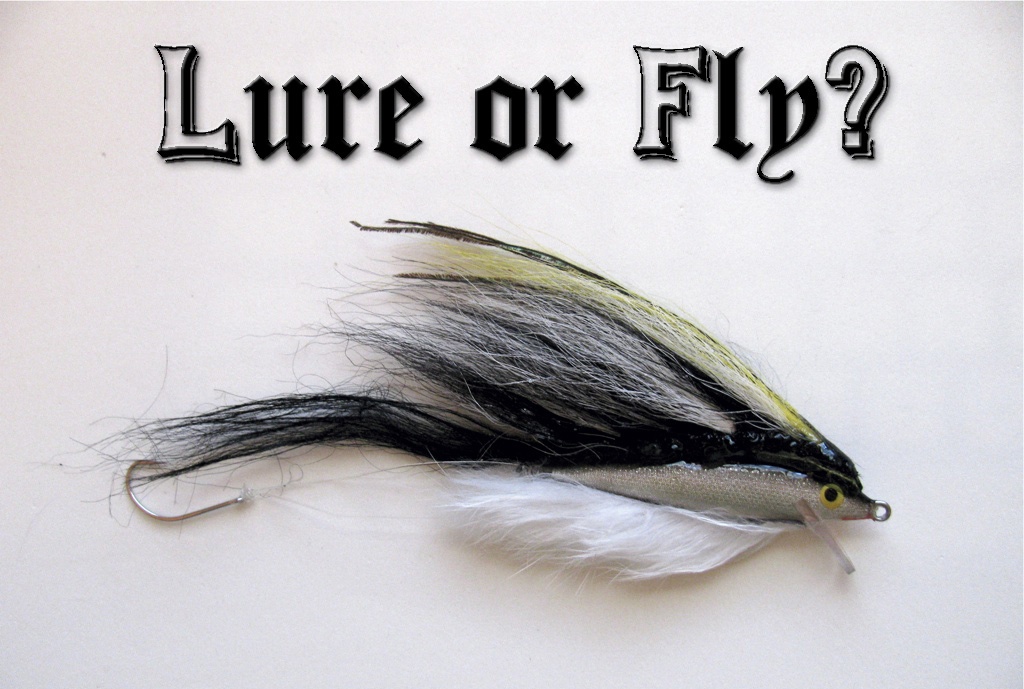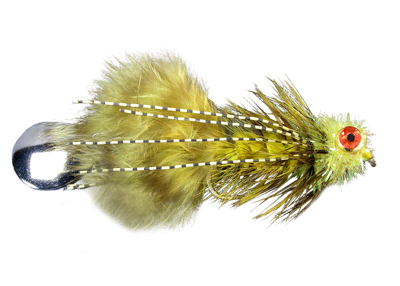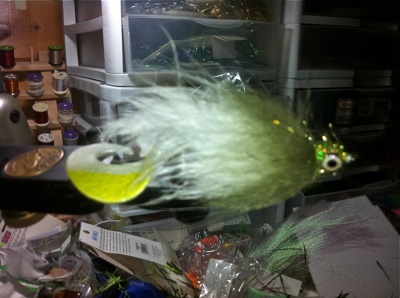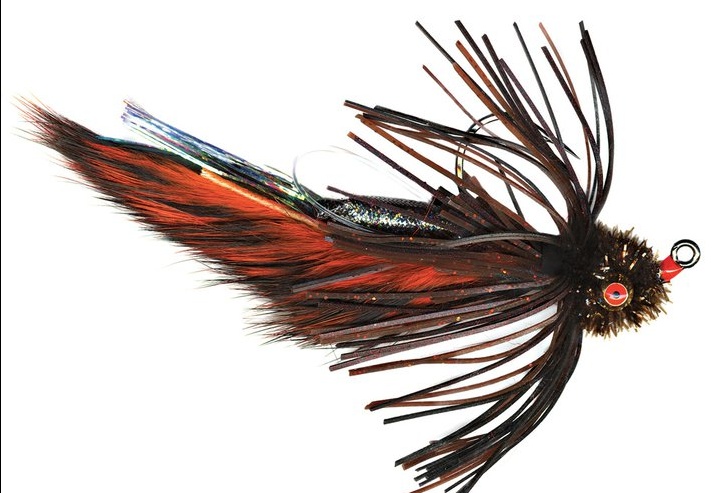Are you carrying a streamer box full of lures?
Every year new fly patterns burst onto the scene far from the norm, pushing the boundaries and raising the question, are these true fly patterns or just camouflaged lures? First off, let me get something straight right out of the gates, I”m not one of those traditionalist haters, trying to point the finger. As Rodney Dangerfield quoted in the comedy classic movie, Back to School, “I’m not a fighter, I’m a lover”. I thoroughly enjoy experimenting with materials traditionally only used in conventional tackle to come up with new innovative fly patterns. There’s no doubt conventional lures are amazing fish catchers, and the way I look at this topic is very simple. If I can figure out a way to mimic the action or appeal that conventional lures have in my fly pattern designs, I’m going to gain a significant edge over fooling big educated fish. However, I do understand whether I like it or not, we’re going to have to draw the line at some point and define what classifies and distinguishes a fly from a lure. Thankfully for me, constantly evolving technology continues to open previously locked doors, and in turn, categorizes most of my creations as legitimate flies.
Take spinner and propeller blades for instance. Henry Cowen’s Coyote striper fly uses a conventional blade in it’s design. It’s been accepted in the industry as a fly, and has also become one of the most popular searching patterns for striped bass and other warm water species. Montana Fly Company sells a streamer pattern called the Kingfisher’s Heavy Metal Sculpin, that has a colorado blade trailing off the back of the fly. Recently fly tyers have utilized entire synthetic bass skirts previously only found on bass jigs to create musky, bass, and trout fly patterns. Are these legitimate? That’s the question. Feel free to tell us your thoughts on this subject. Don’t be shy either, we’d love to see some of your secret fly patterns in question.
Below are fly patterns that some fishermen may feel are pushing the boundaries.
Keep it Reel,
Kent Klewein Gink & Gasoline www.ginkandgasoline.com hookups@ginkandgasoline.com




If you can cast it with an Ugly Stik and reel in with a Zebco 33 it’s a lure.
Roy,
I really like how you put that. Ha
Kent
Well, there goes half my streamer box!
I would like a dozen of those Rapala flies please…
That cannot be a fly.
Roberto,
No roberto, its not. It was used as a joke to make my point on how extreme some fly patterns are becoming these days.
Kent
thinking in terms of etymology (rather than entomology), I’d suggest the challenge is poorly phrased. all flies are lures (they all “lure” fish, and some are even called “spinners”); not all lures are flies (e.g. minnows, worms, crayfish, shrimp, squid, scuds, eggs/spawn/roe) I’ve fished woolly buggers with spinning rods/reels, and I’ve seen live grasshoppers fished from fly rods/reels. which, if either, is fly-fishing?
still – such dubious distinctions function as useful reminders that it’s sometimes difficult to determine without a written transcript whether an individual was verbally identified as a “lawyer” or a “liar”; not to mention providing employment for those…